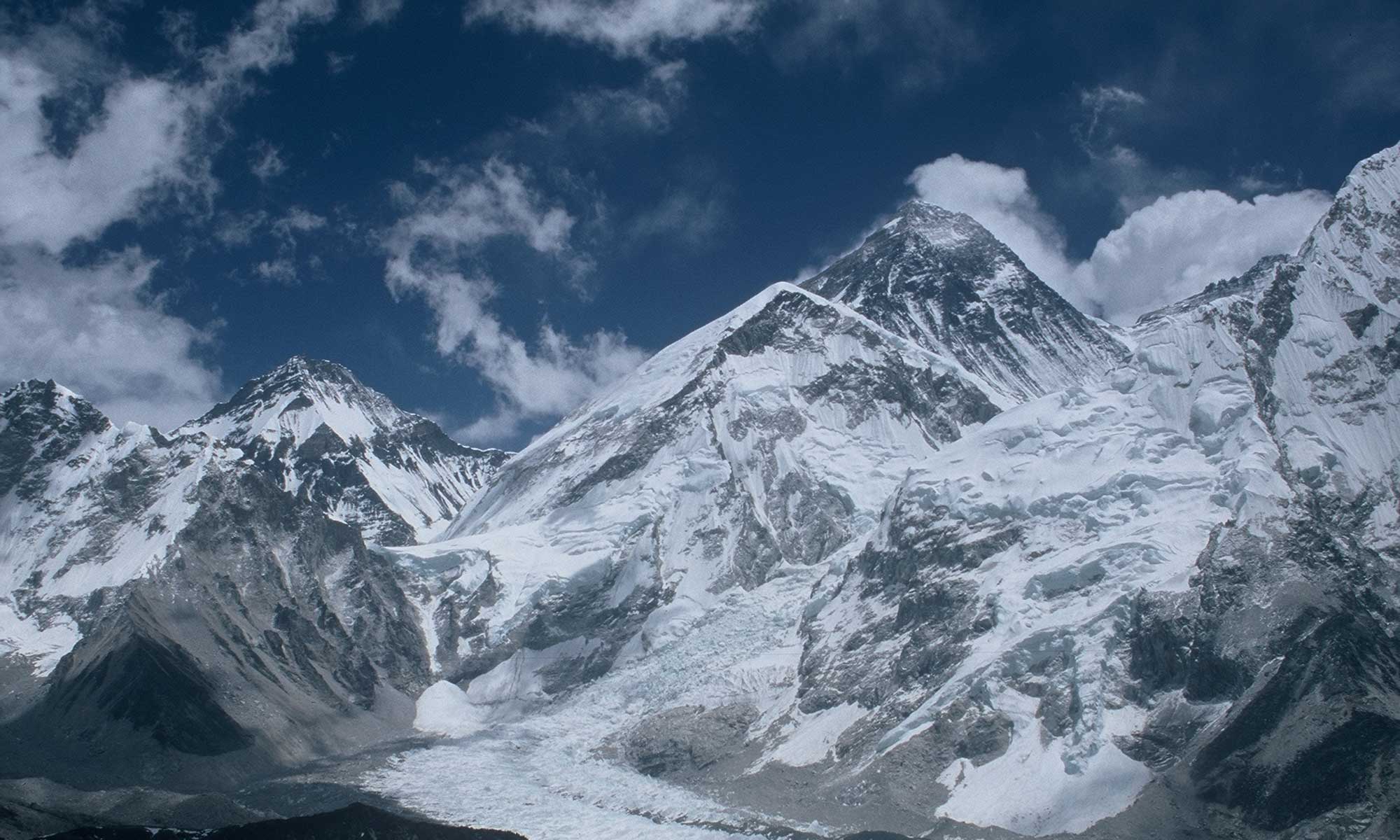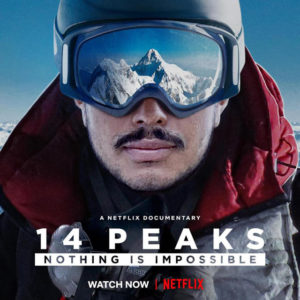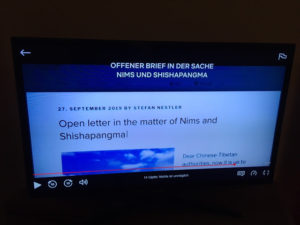“Entertaining” – that’s how my wife summed up the Netflix documentary about Nirmal Purja‘s “Project Possible” when the 101 minutes were over. And I think she is right.
Some of the film sequences of the 14 highest mountains in the world that the Nepalese summited in 2019 in just six months and six days are truly breathtaking. And the story that is told does indeed have great entertainment potential: against all meteorological, financial, political and other odds, the former soldier of the British Gurkha Regiment does his thing and in the end successfully completes the project that sounded completely crazy at the beginning.
There are also plenty of dramatic moments: After their successful ascent of Annapurna, “Nims” and Co. rescue a climber from high up the mountain who is suffering from altitude sickness (why is it concealed that he died a few days later?). On Kangchenjunga, Purja allegedly suffers from high-altitude cerebral edema (how could he then climb Everest a week later?), hallucinates and sees a yeti. On Nanga Parbat, in his own words, he slips about a hundred meters and is just able to hold on to an old rope and save himself from falling.
Superhero sayings

Purja – this is the message that runs through the film – allows nothing and no one to slow him down. His credo is proclaimed when he is seen on the last meters to the summit of Nanga Parbat: “The mountain does not say that you are black or white. You are weak or strong. There is one rule for everyone: if you give up, you die.” Such superhero sayings abound in this film. And when even mountaineering legend Reinhold Messner declares at the end that Nims has made a “unique statement in the history of mountaineering”, one hardly dares to write anything critical about this film.
Right at the beginning Purja makes it clear that he could not have successfully realized his project if he had not had such a strong team around him: Mingma David Sherpa, Gelje Sherpa, Lakpa Dendi Sherpa and Gesman Sherpa. And he is also right about many other things, for example when he talks about the bad habit that clients of commercial expeditions only thank their Sherpa without calling him by his name. Or that the hype about “Project Possible” would have been much greater if a Western climber had attempted it.
There is another kind of mountaineering
Other things, however, remain unsaid. For example, the fact that the previous record holder – the South Korean Kim Chang-ho had taken seven years, ten months and six days – had, unlike Purja, scaled all eight-thousanders without bottled oxygen and without being flown from base camp to base camp by helicopter. Or that there is also other mountaineering than that on fixed ropes on the normal routes of the eight-thousanders.
Not to be misunderstood: Purja is strong as a bear on the mountain, and his performance was exceptional. Also, the important role of Nepalese climbers in the Himalayas cannot be overstated. Nevertheless, I repeat what I wrote two years ago: Nims and Co. showed what is possible with bottled oxygen and a strong team on the normal routes – and of course with a lot of determination. The project, however, did not advance alpinism.
In the film, Nirmal Purja is celebrated as a mountain hero and leader without much nuance. This is not reprehensible; many other professional climber also let themselves be marketed in this way. And yet, because of this, “14 Peak” is for long stretches more of an image film than a documentary – very well made, excitingly told and, as I said, very entertaining.
Oh yes, and at the end a thanks to the British director Torquil Jones, because my blog also appears for a few seconds: After 1:28:30 hours, my “Open letter in the matter of Nims and Shishapangma” is briefly inserted. In it I asked the Chinese for generosity so that Purja could complete his project. Did the censor in Beijing read it at that time?


